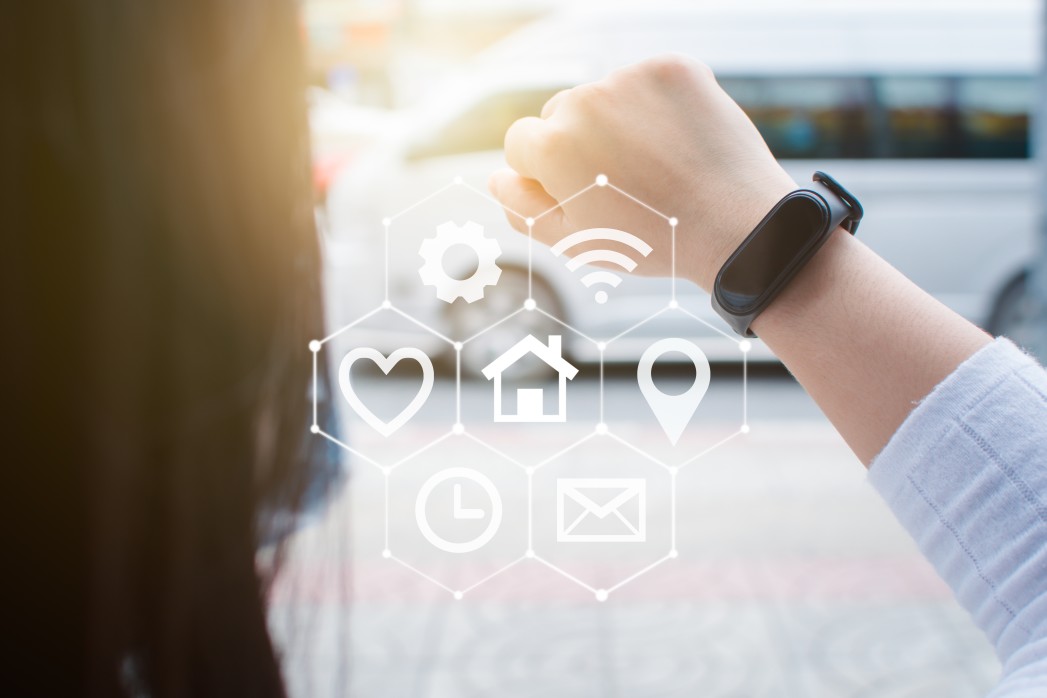Remote patient monitoring received a needed push from the pandemic crisis, which has accelerated its adoption. As a component of digital health, remote monitoring enables the recording of vital signs and other biometrics to extend digital health beyond video visits. But implementation and payment remain challenging.
With the flu season under way, more people are stepping outside of their doctor’s offices and opting for a more flexible telemedicine model. This new style of healthcare combines self-monitoring tools with virtual doctor visits.
Digital Health needs to be made by patients and doctors
Some healthcare systems have successfully launched virtual hospitals or remote monitoring command centers staffed by nurses to monitor a large number of patients at scale. These centers remove the burden from the primary care provider and promote consistent virtual care. While there are some articles on best practices, few large-scale studies report outcomes, including reduced admissions and ER visits and improvement in key health measures.
Studies show that some health systems have successfully launched virtual hospitals or remote monitoring command centers staffed by nurses to monitor a large number of patients at scale. These centers remove the burden from the primary care provider and promote consistent virtual care. While there are some articles on best practices, few large-scale studies report outcomes, including reduced admissions and ER visits and improvement in key health measures. Although virtual care has great potential, most current programs lack evidence of long-term effectiveness. There may also be risks, including the risk of errors associated with telehealth technology.
Remote patient monitoring is a huge trending in digital health
That’s why Spirit Digital, has created a platform to help keep your patients healthy. Their technology platform, CliniTouch Vie, is used around the world by health and social care organizations to remotely monitor patients with chronic conditions. This enables them to live independently at home, where they want to be.
They work with the patients from the outset – from product development through to training – making sure that their service runs smoothly day-to-day. This solution matches the needs of clinicians and their patients. NHS has decided to implement this platform internationally.
Collaboration between industry and doctors is critical to the development of high quality, comprehensive chronic care solutions. We must answer the question, “what combination of devices and services are effective in improving care and reducing complications and disease progression?” For instance, remote monitoring devices can receive Intenational approval for the accuracy of measurement, but how easy is the setup at home and how can the measures be best presented to providers, enabling better outcomes and reducing burden?
The monitoring of chronic care patients is an integral part of improving health outcomes. Patients must be able to successfully monitor themselves and understand what they are actually measuring. We need to establish an evidence-based process for adding devices and services, which provide our patients with data that will impact the quality of their lives.
We agree that a successful digital healthcare transformation is challenging, but with Digital Salutem everything is possible. Contact us for more relevant details. To find out more about how we can help you with your Digital Healthcare Transformation, Healthcare organizational growth, or Healthcare brand positioning, please get in touch via phone +44 (0) 203 3620421 or via e-mail: info@digitalsalutem.com





